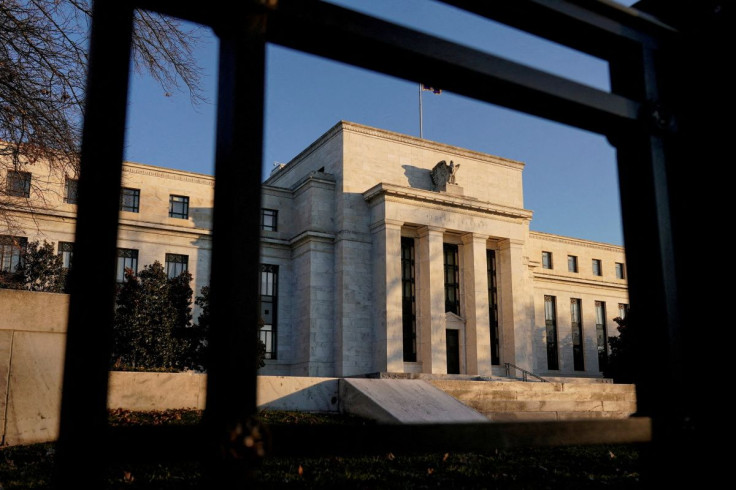Fed Minutes Likely To Provide Details On Rate Hikes, Balance Sheet Reduction

The release on Wednesday of the minutes of the Federal Reserve's last policy meeting is likely to shed light on the U.S. central bank's plans to trim its massive balance sheet and hike interest rates in 2022 as well as update its shifting view of inflation.
The document, due at 2 p.m. EST (1900 GMT), will provide an accounting of the Jan. 25-26 meeting, in which policymakers agreed that it would "soon be appropriate" to raise the Fed's benchmark overnight interest rate from its near-zero level, and also engaged in extensive discussion about the future of nearly $9 trillion in securities held by the central bank.
Debate around both topics and the range of views expressed about the severity of the ongoing inflation surge and other economic risks may hint at just how aggressive the Fed plans to be in tightening monetary policy, and in particular how likely it is to inaugurate a round of rate hikes in March with a half-percentage-point increase in its target rate.
Investors currently expect the Fed to take that step instead of sticking with the more cautious quarter-percentage-point increase it typically prefers.
Citi analyst Andrew Hollenhorst noted that Fed Chair Jerome Powell, in his post-meeting news conference last month, "declined to take the potential for a 50 (basis point) hike at some point off the table."
If the minutes reflect "this all-options-on-the-table policy approach, that may be read as consistent" with the larger and faster set of rate increases currently anticipated by investors, Hollenhorst wrote.
Since the beginning of this year investors have steadily increased how much they expect the Fed to raise rates, and currently anticipate that it will increase the target rate by between 1.50 and 2.00 percentage points by year's end - the equivalent of a quarter-percentage-point increase at each of its remaining seven policy meetings in 2022.
Though the minutes are backward-looking, they are still likely to show in broad stokes how policymakers are thinking about the economy's evolution and how sensitive they are to incoming data.
Reports since then have, if anything, heightened the sense of inflation risk. The economy appeared to skirt much of the expected impact from a winter surge of coronavirus cases. U.S. employers added 467,000 jobs in January, far more than expected, and wages grew. The most recent inflation data showed no sign of easing from the current 40-year high.
Policymakers last month also discussed plans to trim the Fed's asset holdings in coming months, and the minutes may provide even more details about those discussions, which Powell said would likely be completed over the course of the policy meetings in March and May.
Last month, the Fed issued a set of broad principles for reducing its holdings of U.S. Treasuries and mortgage-backed securities. Policymakers must now pin down the specifics of how much of a reduction to allow each month, and when to begin the "runoff."
© Copyright Thomson Reuters {{Year}}. All rights reserved.




















